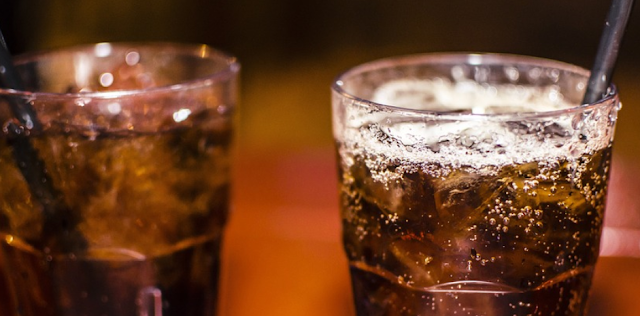Food Patents and Coca Cola's Strategy
Food patents can be challenging in some situations. For example, protection of a recipe may require its full disclosure, and at the same time may be difficult to enforce. For this reason, Coke-Cola Corporation has kept their recipe trade secret, which prevents Coke-Cola from legally blocking anyone from mimicking their recipe, but also mitigates the likelihood that a competitor will be able to determine the exact details easily.
However, this does not mean Coke-Cola completely ignores patent protection. U.S. Patent No. 8,940,351, which is titled Baked Goods Comprising High-Potency Sweetener discusses adjusting a composition of baked goods with artificial sweeteners, rebaudioside A and erythritol, while maintaining a flavor profile. Coke-Cola has received similar patents with regard to cereal (see U.S. Patent No. 8,940,350, which is titled Cereal Compositions Comprising High-Potency Sweeteners).
This strategy illustrates that pursuing food patents selectively may be an optimal strategy with regard to receiving protection while avoiding complete disclosure of a recipe and/or composition of a food.
In some states, such as California, it is required to label foods that have above a threshold amount of acrylamide as being cancer-causing. In response, Kellogg Company filed U.S. Patent Application No. 20180042275A1, which is titled Acrylamide Control in Cooked Food Products discusses introducing a bran composition to a food intermediate in need of acrylamide reduction. A composition of the food intermediate is not disclosed; however, the bran composition is disclosed. By doing this, Kellogg may relatively easily determine if a competitor is infringing their patent. Due to the state requirement that a company mark foods as being potentially cancer-causing, if a company were to claim that their food no longer contained above the threshold amount of acrylamide or other cancer causing materials, Kellogg may be alerted and follow the proper steps to determine infringement.
Food patents may provide high-utility and carve out a large piece of the patent landscape. However, materials disclosed in a food patent should be managed to only disclose what is truly needed. For reference, food patents may include altering shapes, introducing new combinations, increasing shelf-life, method of making, method of packing, texture changes, nutritional changes, and complete composition changes. Thus, it may be especially important to meet with a patent attorney or agent to discuss a filing strategy regarding one or more of these items.




